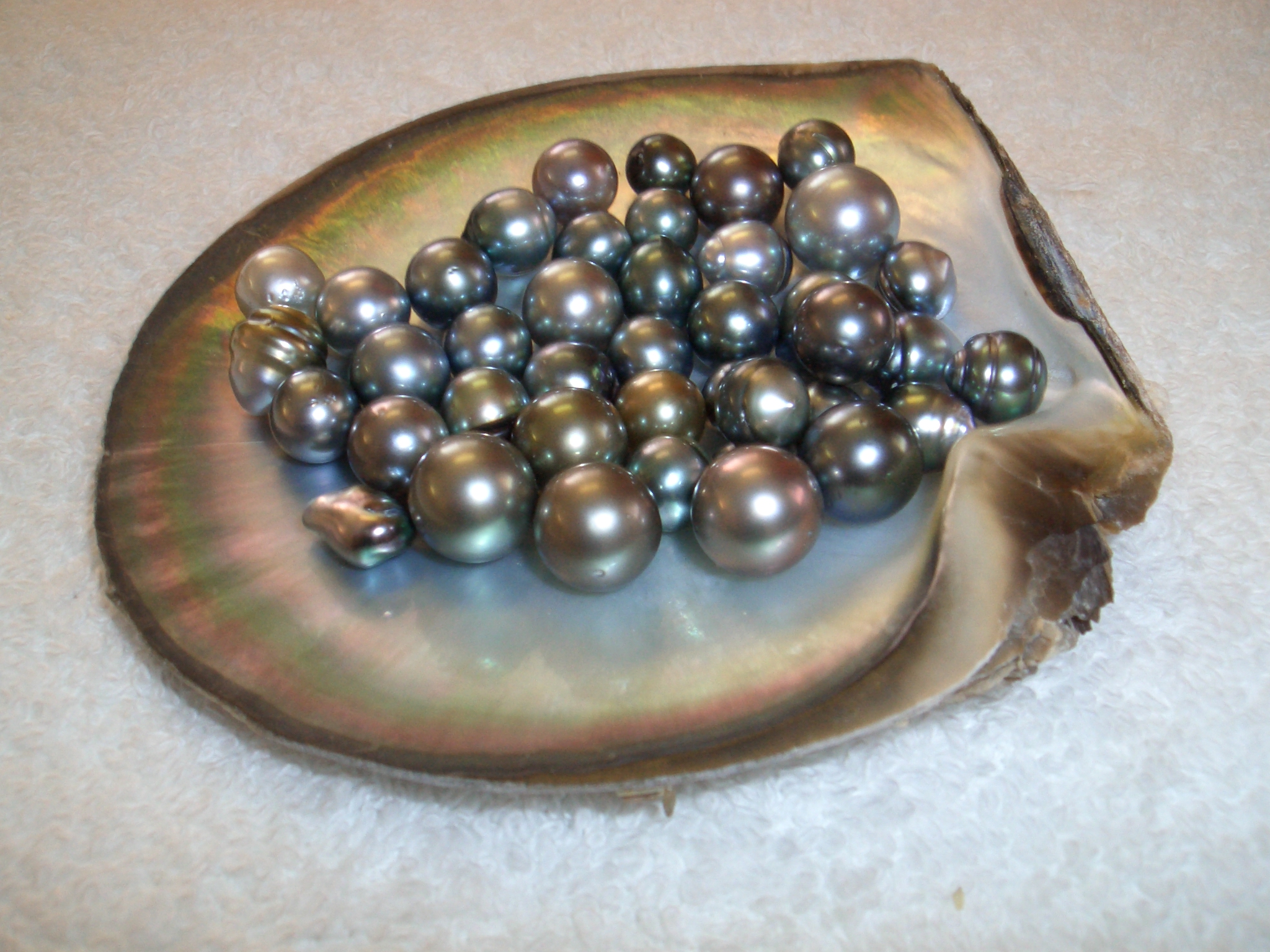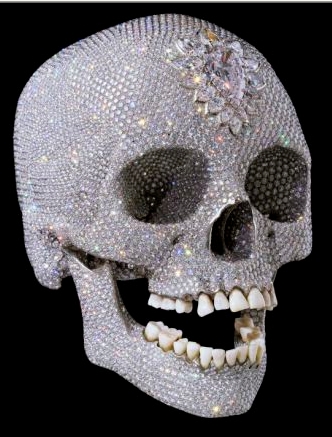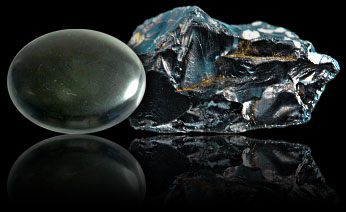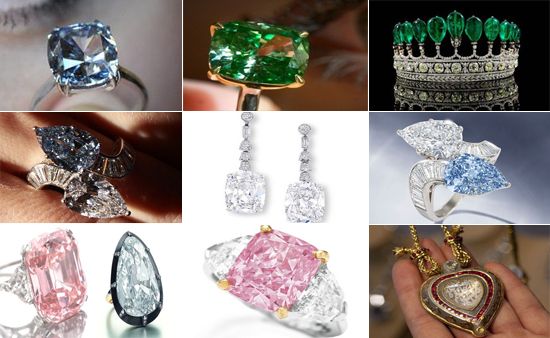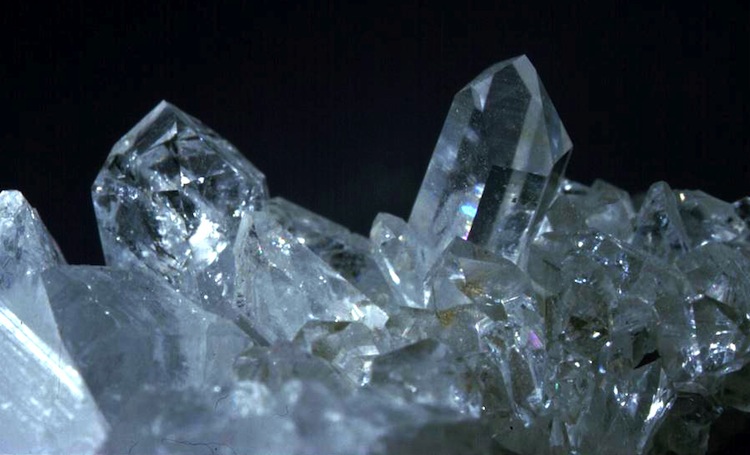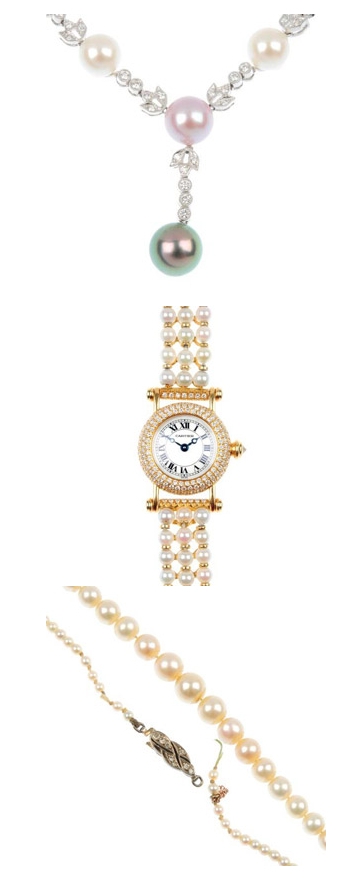 Recently, the range of pearls has grown to the point that there is almost any size, shape, or colour to suit a variety of tastes and budgets. So in the face of such choice, which type should you go for?
Recently, the range of pearls has grown to the point that there is almost any size, shape, or colour to suit a variety of tastes and budgets. So in the face of such choice, which type should you go for?
Freshwater
China holds the monopoly on exporting freshwater pearls after investing heavily in the market over the last few years. As a result, these pearls (grown in mussels, rather than oysters) are now more affordable than their Japanese counterparts and so appeal to the mass market. Generally, however, these pearls don’t deliver the same spherical perfection and lustre as Akoya pearls.
Akoya, South Sea & Tahitian
For the more discerning, the saltwater or marine cultured pearl is unsurpassed. With high lustre, good spherical shapes and high nacre quality, the Akoya, South Sea, and Tahitian are the strongest choice for the aspirational pearl connoisseur. Created by man but completed by nature, a piece of shell is inserted into a mollusc and left until it is ready to harvest.
Natural
For the purist, the natural pearl represents the epitome of elegance, be it mounted singly or meticulously matched for a strand. These pearls form as a result of irritations that find their way into the mollusc’s mantle. To ‘scratch’ the ‘itch’, as it were, the mollusc enrobes the irritant with its lustrous layers, forming the organic marvel we know as pearls. Unfortunately, very few traditional oyster beds remain, as disease, environmental changes and modern industry, constantly threaten their habitat.
Due to their scarcity, demand for such pearls has increased.

